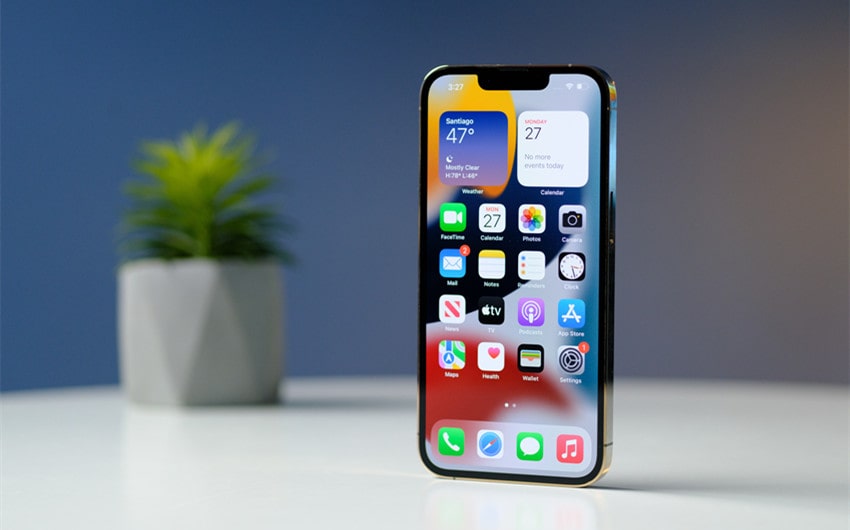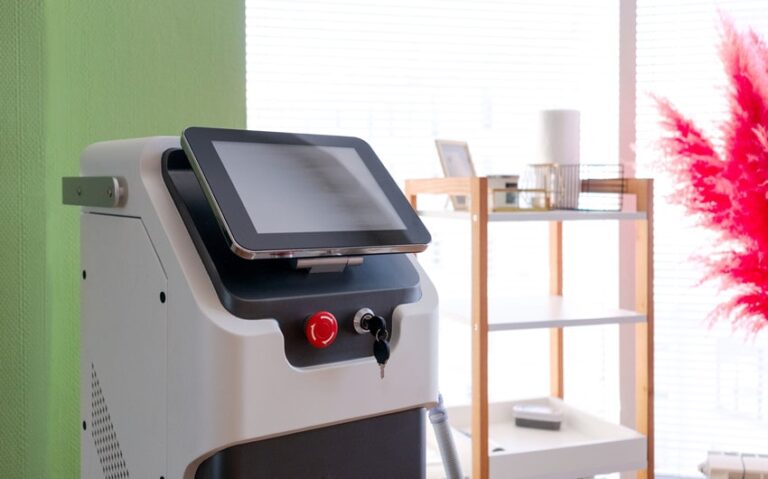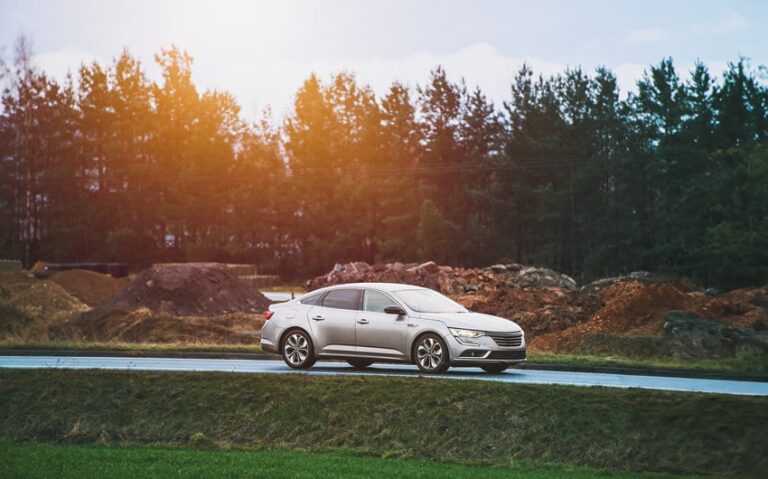Is the iPhone 13 Waterproof? Everything You Should Know
Accidents happen—whether it’s a spilled drink, a sudden rain shower, or an unexpected splash at the pool. Many wonder, is the iPhone 13 waterproof? The simple answer is no. While it’s built to be water-resistant, meaning it can handle brief exposure to water, it’s not designed for long swims or deep dives.
Its resistance is reliable for everyday situations, but over time, it may weaken. Knowing its limits can help you keep your phone safe and working smoothly. Let’s explore what this means for your iPhone 13 and how well it can withstand water in real life.
Water Resistance vs. Waterproof: What’s the Difference?
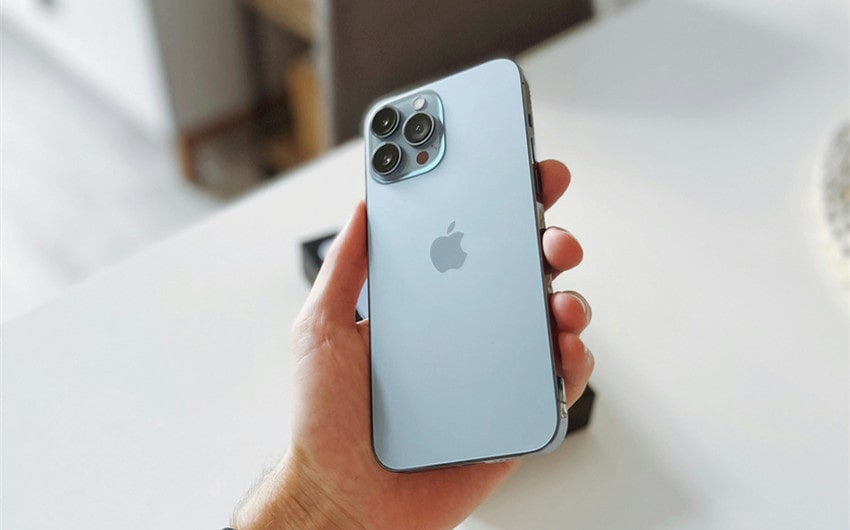
When it comes to gadgets like smartphones, understanding the difference between water resistance and waterproof can help set realistic expectations. Many people assume these terms are interchangeable, but they refer to very different levels of protection.
Water Resistance: A Protective Barrier, Not Perfect Protection
Water resistance means the device can withstand exposure to water, but only to a limited extent. In the case of the iPhone 13, it has an IP68 rating, which means it is protected against dust and can survive being submerged in water up to 6 meters (about 20 feet) for 30 minutes.
However, this doesn’t make it invulnerable to water damage. The resistance is designed to guard against everyday accidents, like a splash from a spilled drink or getting caught in the rain. Over time, though, normal wear and tear can reduce the effectiveness of this protection.
Waterproof: Total Protection in Any Condition
If something is labeled as waterproof, it implies complete protection from water, no matter how deep or how long it’s submerged. Devices like dive watches, for example, are designed for underwater use without any risk of damage.
Unfortunately, no phone, including the iPhone 13, is truly waterproof. The materials and design of smartphones can’t guarantee 100% protection, especially in conditions involving extreme water pressure, temperature changes, or chemical exposure (like chlorinated or saltwater).
The iPhone 13’s Real-World Use: Why Water Resistance Is Enough
While the iPhone 13 isn’t waterproof, water resistance offers practical protection for most real-life situations. You can confidently use it near water—whether snapping photos at the beach, answering calls in the rain, or accidentally dropping it in a puddle—without immediate concern for damage. Just remember, water resistance isn’t a permanent feature, and factors like cracks, scratches, or aging seals can compromise it over time.
What Is the IP68 Rating on the iPhone 13?
The iPhone 13 comes with an IP68 rating, but what does this mean? This rating is part of an international standard known as Ingress Protection (IP), which measures how well a device can withstand solid particles like dust and water. Each digit in the IP code represents a specific type of protection: the first digit refers to resistance to solids, while the second digit reflects protection against liquids. Let’s break it down.
IP68 Explained: Dust and Water Resistance
The “6” in the IP68 rating means that the iPhone 13 is completely protected from dust, dirt, and other tiny particles. No matter how dusty the environment, the phone’s internal components will stay safe from contamination.
The “8” indicates water resistance. Specifically, the iPhone 13 can be submerged in up to 6 meters of water for 30 minutes without being damaged. However, this protection applies to freshwater only—exposure to saltwater or chlorinated pool water may lead to corrosion or compromised seals over time.
What Are the Limitations of IP68?
While the IP68 rating is impressive, it’s important to know that it has its limits. First, the depth and duration of submersion are specific: 6 meters for 30 minutes. Going deeper or leaving the phone underwater for longer increases the risk of water entering the device.
Second, the IP68 rating only applies to freshwater environments, not chemicals or seawater, which can cause damage. Finally, repeated exposure to water—even within the rated limits—can weaken the phone’s water seals over time, making it more vulnerable.
Does IP68 Mean the iPhone 13 Is Indestructible?
No, the IP68 rating doesn’t make the iPhone 13 immune to all forms of water exposure. For example:
- Hot showers or saunas can create steam that penetrates seals, leading to condensation inside the device.
- Saltwater exposure, such as at the beach, can degrade the phone’s components faster than freshwater.
- Chemical exposure, like pool water, may corrode the charging port or speaker grills over time.
How the IP68 Rating Helps in Real Life
In practical terms, the IP68 rating makes the iPhone 13 ready for common mishaps—whether it’s dropped in a puddle, exposed to rain, or splashed with a drink. You don’t need to panic if it briefly falls into water, as it’s designed to survive such incidents. However, Apple advises against deliberately submerging the phone or relying on the water resistance as a permanent feature.
How Long Can the iPhone 13 Stay Underwater?
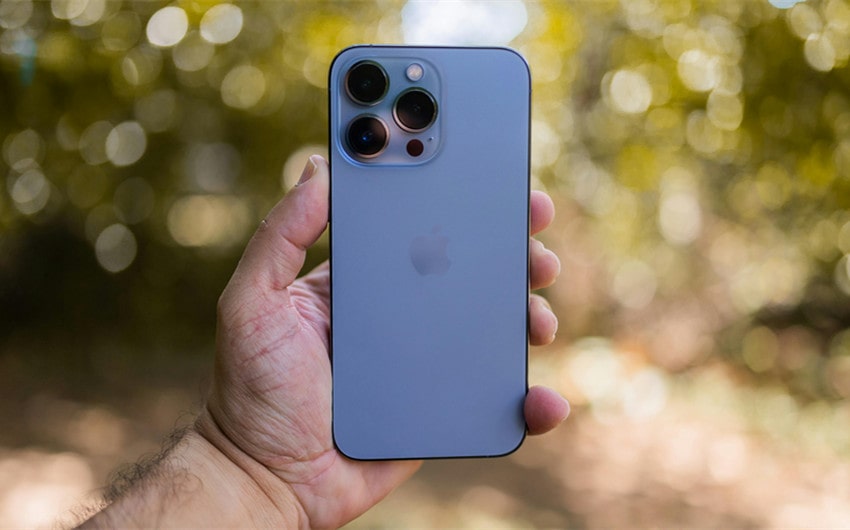
The iPhone 13 is designed to withstand being submerged in water up to 6 meters (20 feet) deep for 30 minutes, thanks to its IP68 rating. However, this water resistance is meant for short-term exposure and emergencies rather than extended underwater use.
Staying submerged longer than 30 minutes or going beyond the depth limit increases the chance of water seeping inside the phone, potentially causing damage to internal components, speakers, or the charging port. It’s also important to note that saltwater and chlorinated water can corrode parts faster than freshwater, so rinsing the device with clean water after exposure is recommended.
Although the water resistance can protect the phone in everyday accidents, repeated exposure or physical damage to the phone, like cracks or dents, can compromise its seals over time. Apple advises caution, as the water-resistance feature can degrade, making it essential not to rely on it for frequent or deliberate underwater use.
Can the iPhone 13 Handle Everyday Water Exposure?
The iPhone 13 is well-equipped to handle everyday water exposure thanks to its IP68 rating, which protects it from accidental spills, splashes, and brief submersion in water. In real-life scenarios, this water resistance provides peace of mind, but it’s still important to understand its limits and how it holds up in various everyday situations.
Spills and Splashes
Whether you accidentally knock over a drink or get caught in a sudden rain shower, the iPhone 13 is built to handle short bursts of water exposure. Common spills—like coffee, water, or soda—shouldn’t harm the phone if wiped off promptly. However, it’s essential to clean the phone properly after exposure to sugary or sticky liquids to avoid long-term residue buildup, especially around the buttons and charging port.
Rain and Light Moisture
Answering a call in the rain or using your phone with wet hands won’t cause immediate damage. The water-resistant seals are designed to keep light moisture out, making it safe for use in humid environments or during light rain. However, Apple advises against prolonged exposure to moisture, such as leaving the phone in damp pockets or bags for extended periods, as water resistance may weaken over time.
Pools, Beaches, and Showers
While the iPhone 13 can survive brief dips in a pool, it’s not recommended to use it regularly in chlorinated or saltwater environments. These types of water can corrode the phone’s internal components over time. Saltwater, in particular, can be harsh on the phone’s seals and speaker grills, so it’s best to rinse the phone with freshwater after accidental exposure. Similarly, using the phone in a shower or sauna can expose it to hot steam, which may bypass the seals and cause condensation inside.
Wear and Tear Can Impact Water Resistance
Over time, everyday use can reduce the effectiveness of the phone’s water resistance. Scratches, dents, or cracks from accidental drops can compromise the seals, increasing the risk of water damage. Even if the phone looks fine on the surface, tiny imperfections can create weak points where moisture can enter. It’s also worth noting that water-resistant features are not permanent and tend to degrade with regular exposure to water, humidity, or temperature changes.
Practical Use Tips
While the iPhone 13 can handle most everyday water-related situations, it’s still a good idea to take a few precautions:
- Use a waterproof case for extra protection if you plan to be around water frequently.
- Avoid charging the phone right after it gets wet—give the Lightning port time to dry.
- Rinse with freshwater if the phone comes into contact with saltwater or pool water.
In summary, the iPhone 13 provides solid protection against everyday water exposure, such as splashes, light rain, and brief immersion. However, it’s not designed for extended underwater use or exposure to harsh water conditions like saltwater or steam. With careful handling, the iPhone 13 should stay safe and functional during most daily activities, but taking precautions is always recommended to avoid unnecessary damage.
Does Apple’s Warranty Cover Water Damage?
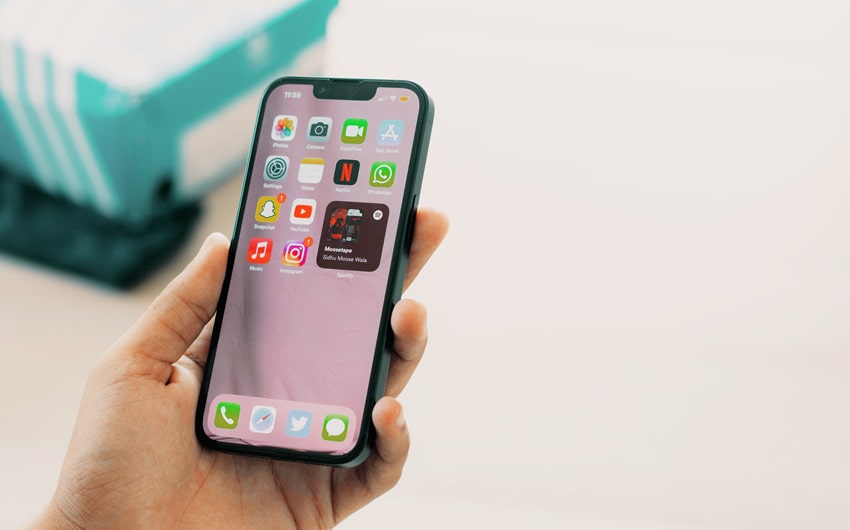
Even though the iPhone 13 boasts an IP68 water resistance rating, it’s important to note that Apple’s standard warranty does not cover water damage. This means that if your phone experiences issues caused by exposure to water—whether from accidental submersion or moisture entering through a weakened seal—you’ll likely be responsible for the repair or replacement costs. Understanding what the warranty covers and the options available for added protection is essential to avoid surprises.
Why Doesn’t the Warranty Cover Water Damage?
Apple’s limited one-year warranty focuses on manufacturing defects, covering issues related to faulty parts or workmanship. However, the company explicitly excludes damage caused by accidents, misuse, or exposure to liquids, even if the phone carries an IP68 rating.
The reason is that water resistance is not a permanent feature—the seals that keep water out can degrade over time with normal wear and tear. Since Apple has no way to guarantee how well those seals hold up in real-life conditions, they don’t include water-related damage in their warranty.
AppleCare+: Additional Coverage with Some Limits
If you want extra peace of mind, AppleCare+ provides more comprehensive coverage, including repairs for accidental damage—like drops or liquid exposure—for a fee. While AppleCare+ covers two incidents of accidental damage every 12 months, including water damage, there’s still a deductible for each repair. This makes AppleCare+ a good option if you’re concerned about accidental exposure to water, but keep in mind that the cost of repair under AppleCare+ is not fully waived.
What Are Your Options If Water Damage Occurs?
If your iPhone 13 suffers water damage and you’re not covered by AppleCare+, you’ll need to explore out-of-warranty repair options. Repairs can be expensive, especially if the internal components are damaged. In some cases, third-party repair shops may offer cheaper alternatives, but this could void any remaining warranty. If the cost of repair is too high, replacing the phone with a refurbished model from Apple or another retailer may be a more cost-effective option.

